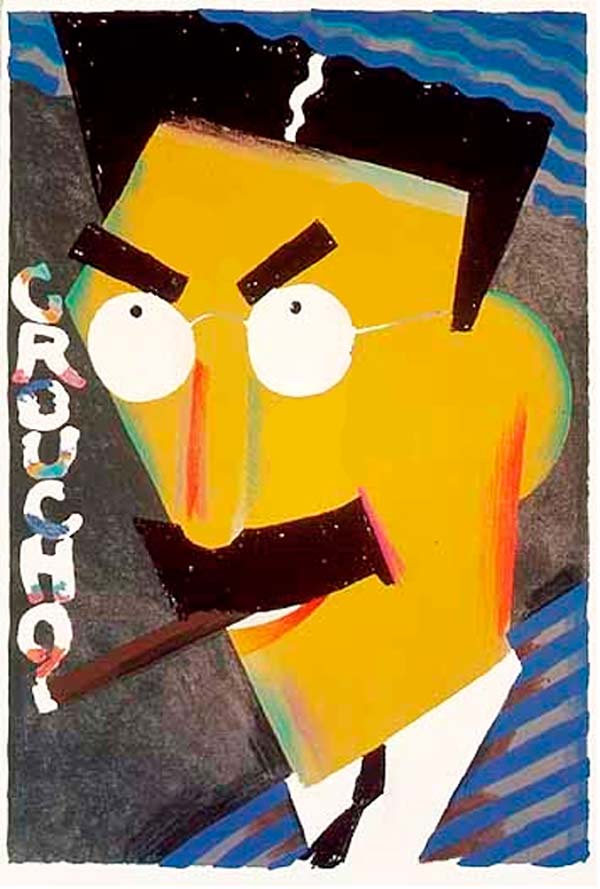Over Kobe beef sliders, tater tots and lashings of hummus, illustrator Stephen Savage builds bridges with his illustration hero and one-time tutor, the legendary Seymour Chwast.
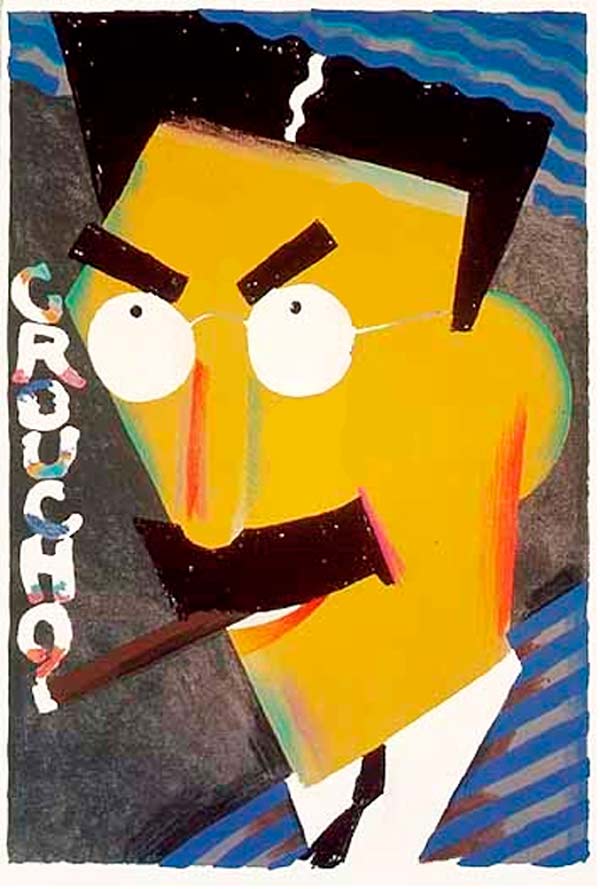
Recently, on a sunny spring day in New York City, I went out to lunch with legendary illustrator Seymour Chwast. Chwast had served as my thesis advisor in the fall of 1995 while I was a student in the MFA illustration program at the School of Visual Arts. My thesis topic was the Old West, and Seymour and I would meet once a week in the conference room of his PushPin Studios to go over my sketches of cowboys, cactus and desert vistas. After a few months of meetings, it was obvious to both of us that the wagon train was hopelessly stuck in the mud. Seymour wasn't impressed by the work I was creating, and I wasn't finding his advice and direction helpful. I consulted the department chairman, and he suggested I choose a new advisor.
I had seen Seymour once since the ‘break-up.’ I bumped into him at a Society of Illustrators opening in the late 90s and we exchanged a few polite words. Suddenly, it was New Year’s Eve 2013. I made a New Year's Resolution – to ask Seymour out to lunch.
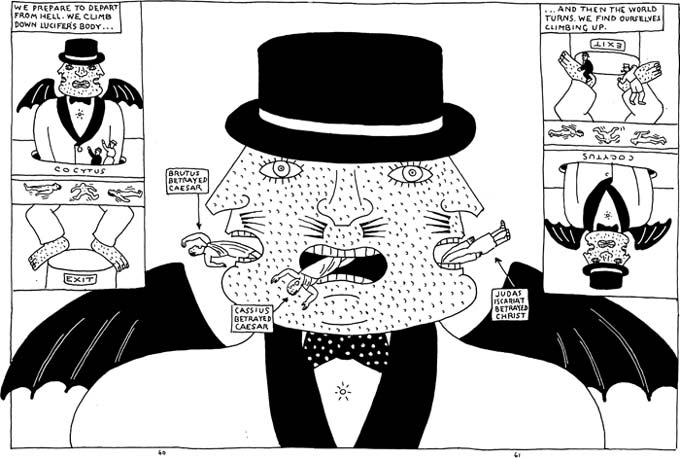
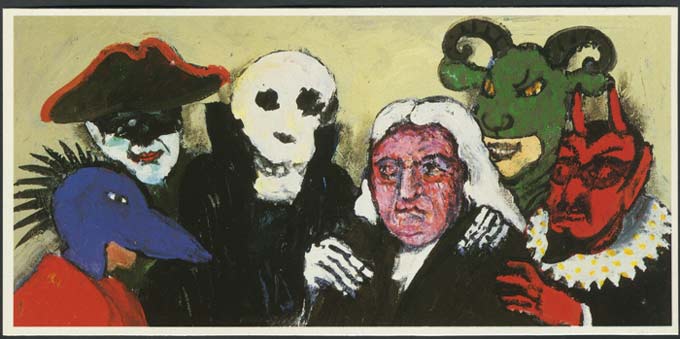
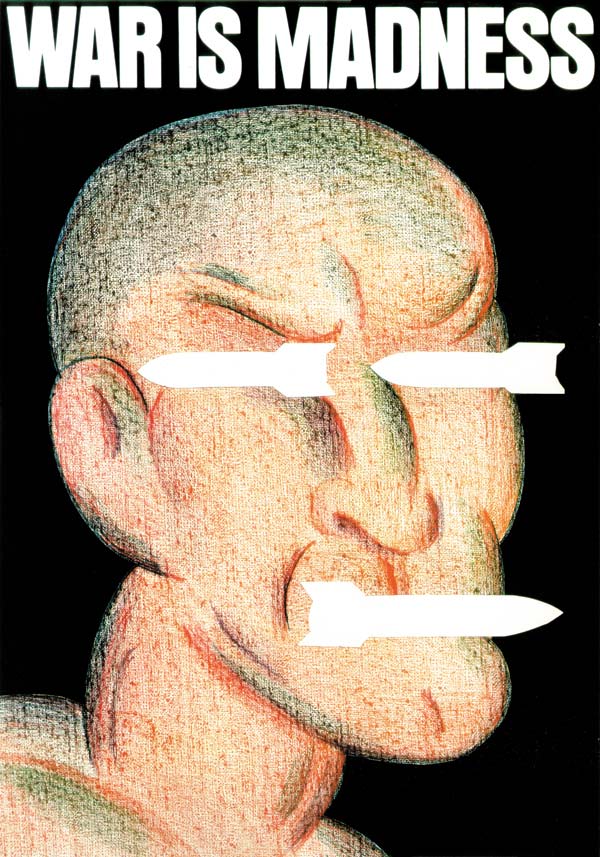
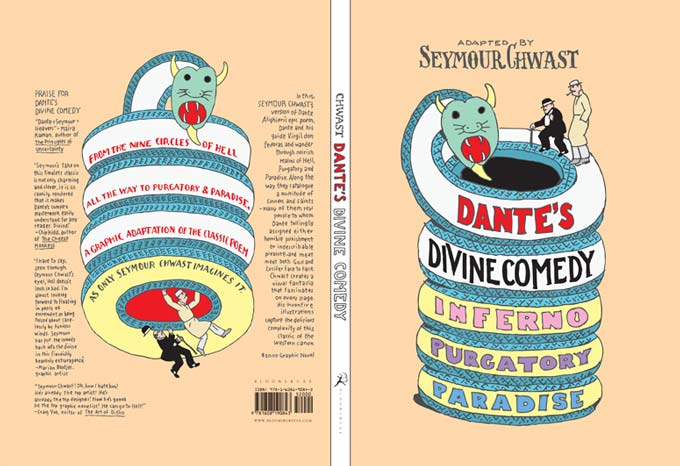
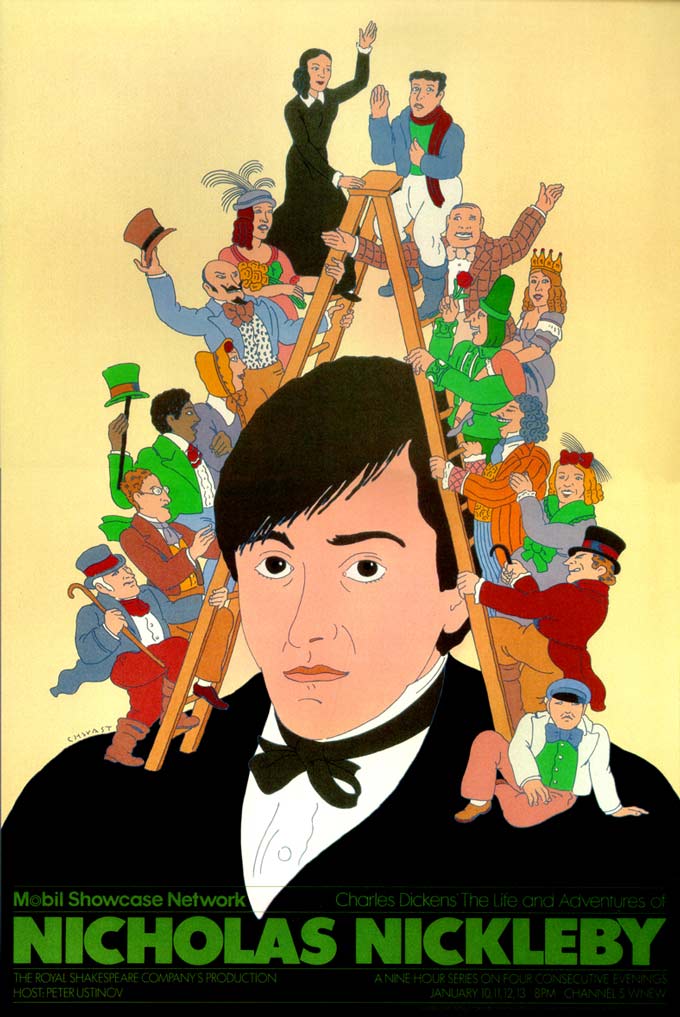
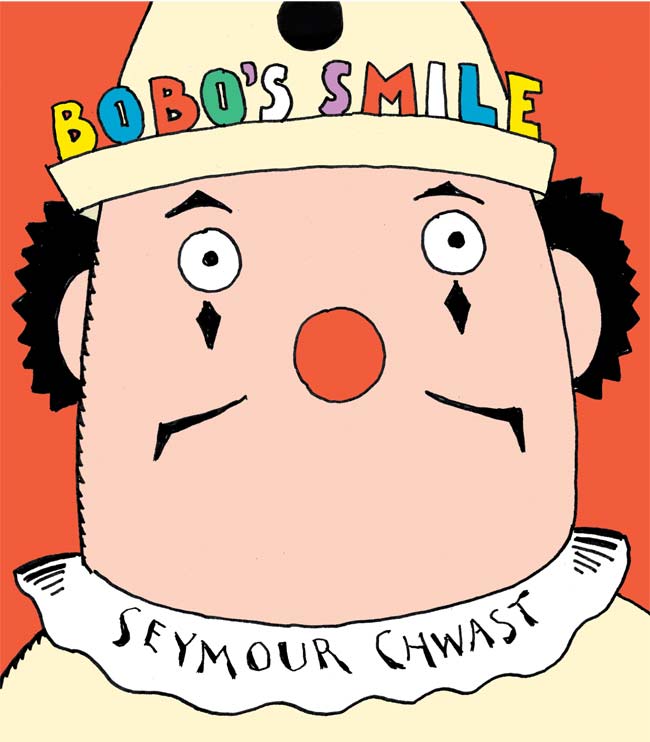
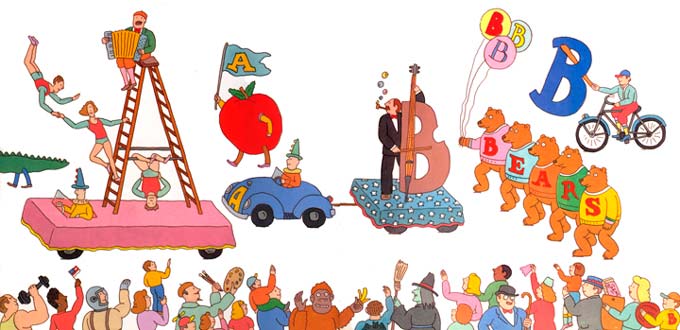
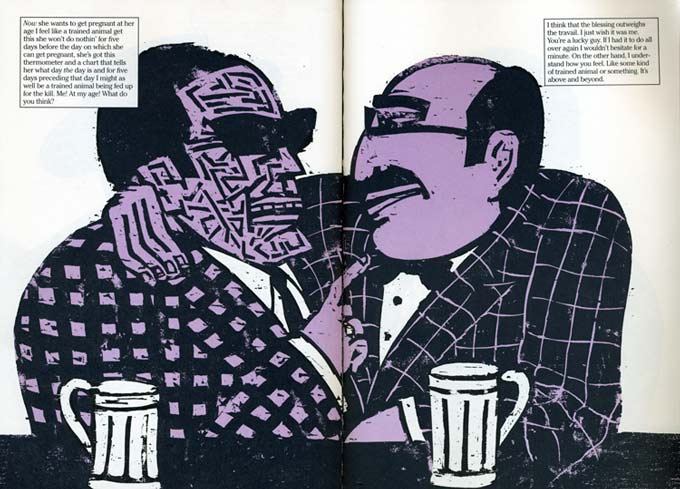
I met Chwast at a restaurant directly below his loft apartment in Chelsea. We agreed to split some appetizers: Kobe beef sliders, tater tots and a hummus platter. Seymour made a move to clear the air. “It didn't go very well, the mentoring,” he said in a somber tone. I played dumb: “You don't think so?” (I wasn't ready to rehash the past). But the elephant in the dining room couldn't be ignored. “What went wrong?” I confessed. "I don't know," he replied. “I guess we were on different wave-lengths”.
I told him that I understood the problem better now that I was a teacher. I've lost students after one semester and wondered what went wrong. They never tell you why they've left – their names simply vanish from the roster.
I've usually blamed myself. I'd tell myself, “I'm too strict, too procedural, not flexible, not open-minded enough.” But the fact is that teaching is always a two-way street. Students need to be open themselves – to embrace other methods and to hear what a teacher has to say. This pedagogical dynamic is always complicated, but even more so in art school because art making is so personal. It's hard for art teachers not to become therapists, too.
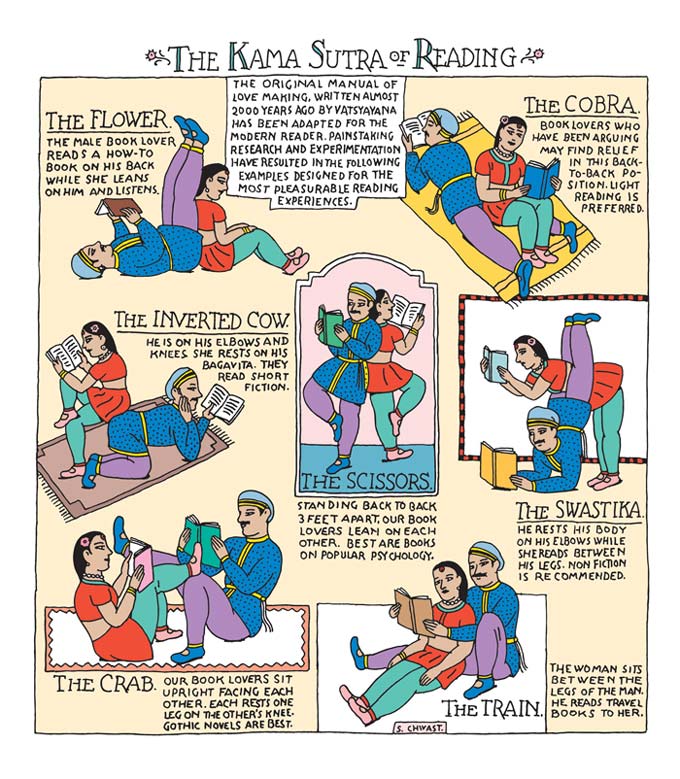
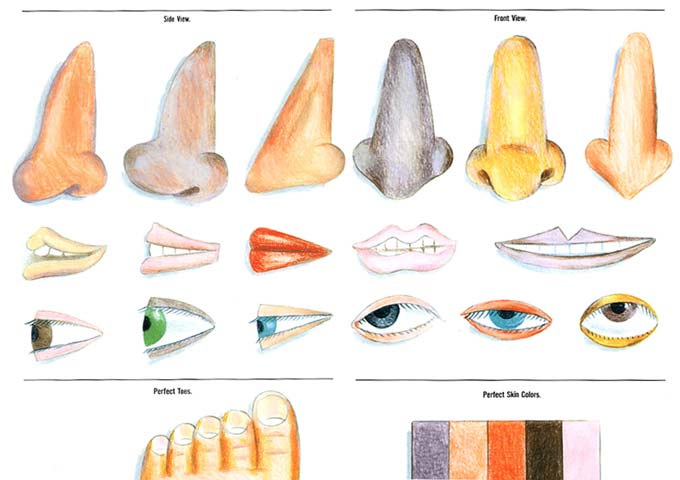
“Well, I just wish I had handled it better,” I told him. “I wish I had asked you more questions, and been more curious about the way YOU did things.” He smiled and nodded. The fact is, Seymour is a god in the illustration pantheon. If Lennon and McCartney created the sound of the 60s, then Chwast and Glaser (Milton, that is) created the look. Seymour's career has always been a model for my own. He's the original ‘triple-threat’: illustrator, designer and author. I've always admired how his work was at home on the op-ed page, advertising poster, gallery wall or children's book spread. The platform could change, but Chwast's playful sarcasm, as well as his wonderful graphic handling of forms, was always present. Consider the childlike quality of his iconic End Bad Breath anti-Vietnam war poster. At first glance, his snarling Uncle Sam looks likes an old-timey circus graphic. But a second look reveals a mouth full of fighter planes and bombs. The wit in Seymour's signature work is as sharp as his chisel.
By the end of the lunch, things felt better between us, and Seymour offered me the last tater tot as I grabbed the check. “Let's have lunch again soon,” he said as we shook hands outside the restaurant. Then, the 82-year-old joked, “but let's not wait another 20 years”.

pushpininc.comstephensavage.net

